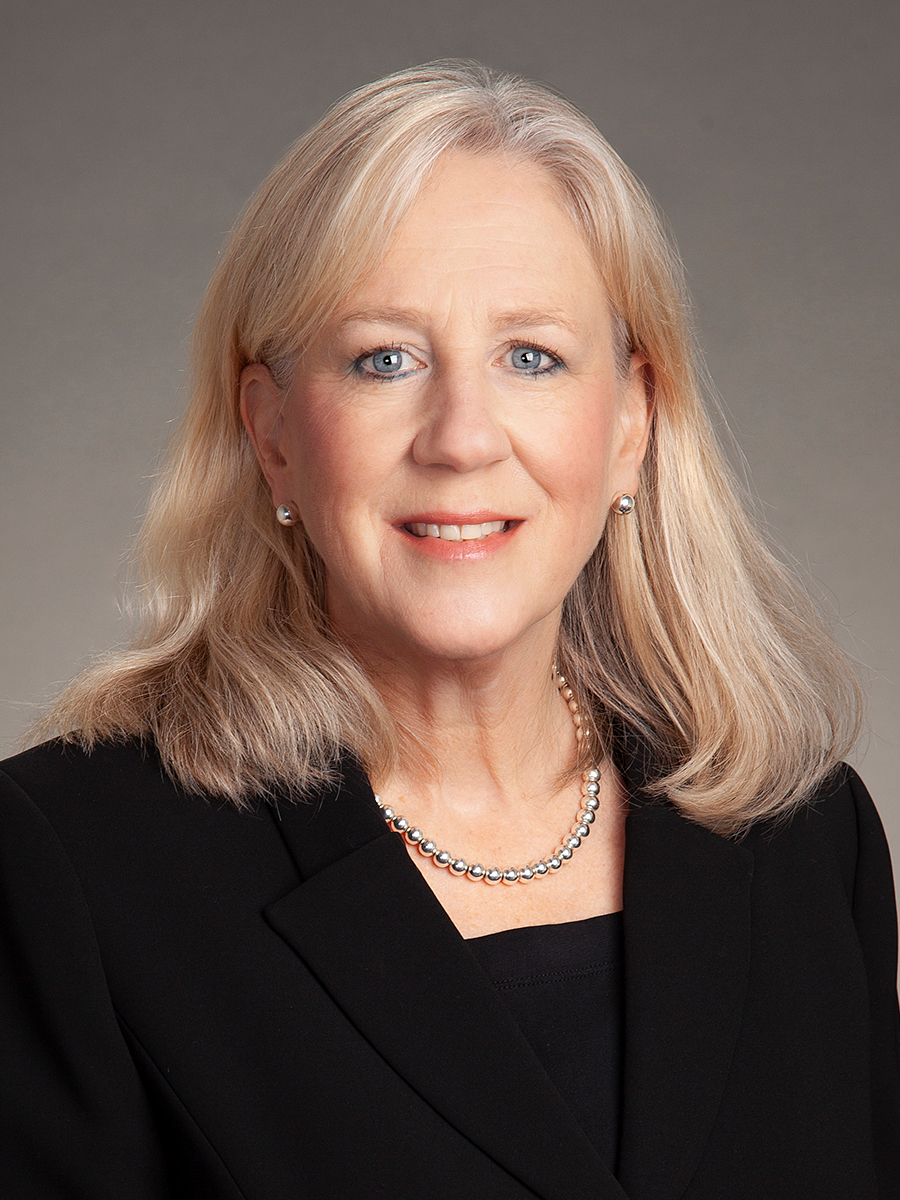Mary Traer joined the Firm in 1997 as the Director of Taxation and in 2009 became the Firm’s Chief Administrative Officer. Her current areas of oversight include: Tax Compliance which is responsible for global tax filings, remittances and reporting; Tax Structuring which provides tax diligence and advice for investments, comingled and custom account offerings and management company matters; Administrative Operations which supports certain cross-functional operational projects and vendor relationships; Operational Due Diligence which is responsible for evaluating and reporting on operational controls of investment managers across all strategies; and Corporate Vendor Management which is responsible for organizational diligence of vendors. Mary also serves as the co-sponsor of the Firm’s Business Continuity and Resiliency function. Mary’s prior experience at HarbourVest includes oversight of the Legal and Regulatory Compliance team and the Office Services team responsible for the Firm’s headquarter space and office build outs.
Mary joined HarbourVest after five years with Ernst & Young LLP (New York), where she was a tax-consulting manager in the Financial Services Group. She is a CPA with a BA in economics and a MS in accounting, both from the University of Virginia.

